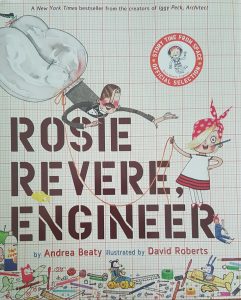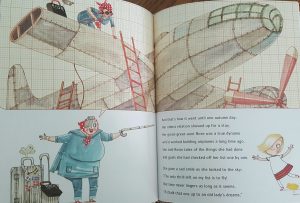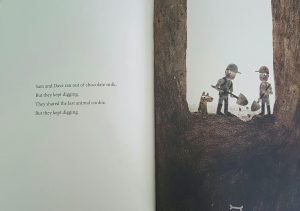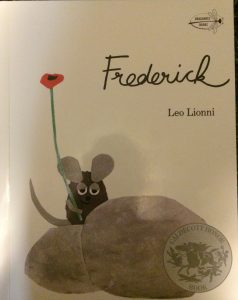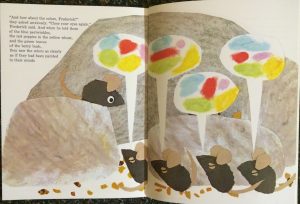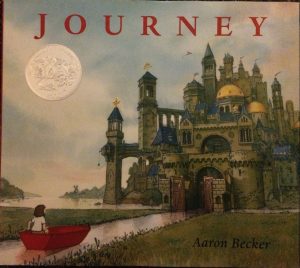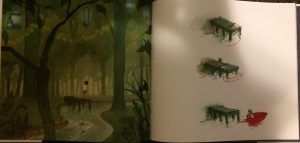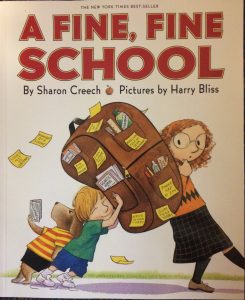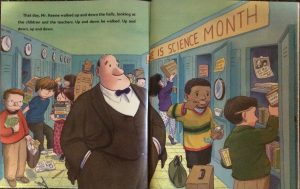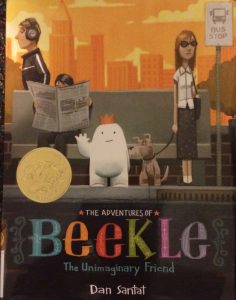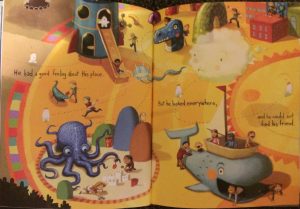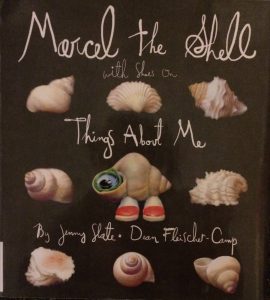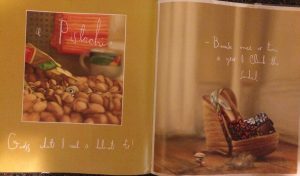

Title: Llama Llama and the Bully Goat
Author: Anna Dewdney
Illustrator: Anna Dewdney
Publishers and Year: First Scholastic Printing, 2013
Number of pages: 29
Genre: Fiction
Llama Llama and the Bully Goat is a book about bullying for young children. It tells the story of a billy goat that bullies his peers at school one day. The book continues to show the consequence and resolutions until it ends with them getting along as friends.
This book can serve as a mirror, window, or door for its readers. As we know, bullying continues to be more of a problem with each passing year in schools around the country. This book sheds light not only on bullying but also on responses to bullying. Therefore it acts as a mirror because it causes children to think about bullying as a whole and examine examples of bullying they may have experienced or participated in themselves. If they haven’t been victim or bully in a scenario before, it serves as a window to see those situations from another’s viewpoint. The most important thing, however, is that it acts as a door. Once the readers have looked in the mirror or through the window, they are now presented with options of how to respond. This book does a great job of showing children how to stand up for themselves in a healthy way. For example, one character tells the bully goat, “Gilroy, this is not Ok. Stop it, or we’ll go away.” In addition to this, readers are presented with a solution that says, “Being bullied is no fun! Walk away and tell someone!” Given that this book is for a younger audience, it provides practical, age-appropriate responses to bullying that can be helpful to a child in that situation. Along those same lines, it can help a bully to see (window) how their bullying affects others so that they can modify their behavior (door).
The text in this book is lively and rhymes on each page. It provided a light-hearted feel to a hard but important topic. I believe that helps introduce a concept to the children in a way that they can easily understand. Although the text is vital, the illustrations are not. They provide the reader with a nice visual of what is happening, but they don’t add much more than what the text has already given. Therefore, I think the text could easily stand alone in this story. Overall, this book is overflowing with lessons on bullying and responses to bullying. It introduces the topic in a way that is easily accessible to readers of a young age.



